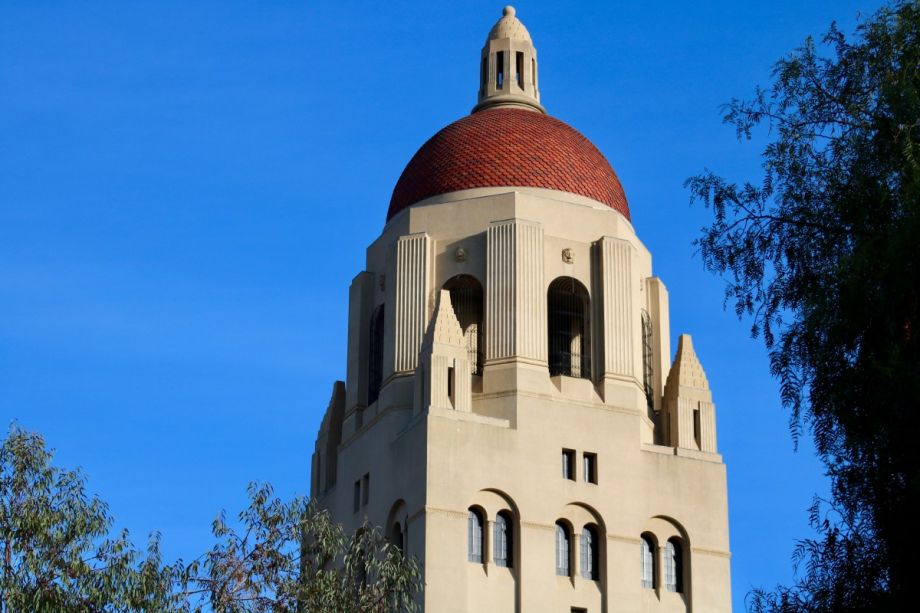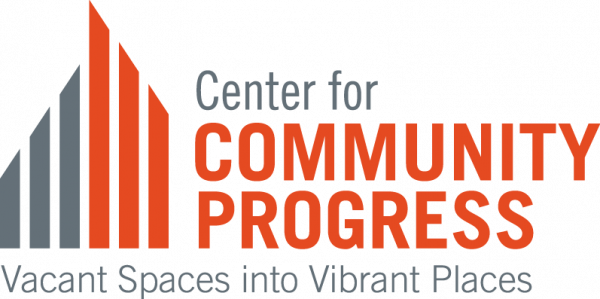As Stanford University plans a massive expansion of academic space over the next decade and a half, discussions with county officials and its own students about the school’s responsibility to build affordable housing and provide other community benefits are coming to a head.
Stanford sued Santa Clara County, California, late last year, claiming that it was unlawfully singled out by an inclusionary housing ordinance that the Santa Clara County Board of Supervisors had unanimously approved earlier that fall. The law would require Stanford to set aside 16 percent of all new housing units it builds at affordable rates. According to the ordinance: “The housing supply and affordability concerns that are experienced countywide have a particularly strong effect at and around Stanford University due to the high housing prices in the area and the employment opportunities generated by Stanford.” The ordinance violates the equal protection clause by treating Stanford differently than other developers, the university argued. But now, news reports say, a judge has dismissed the bulk of the university’s arguments, while allowing the school the option to amend its complaint and carry on with the challenge. The school plans to refile the complaint this month, according to Palo Alto Online.
And next month, county supervisors are expected to vote on Stanford’s General Use Permit, a document that is meant to guide its growth in the coming years.
For the last year, Stanford University and Santa Clara County have been locked in sometimes tense negotiations over the approval of the General Use Permit. The negotiations have revolved around how much housing Stanford should be required to provide as part of its expansion, along with a range of other community benefits. Stanford is planning to expand its academic space by more than 2 million square feet, along with around 2,600 new units of student housing. The school has proposed adding 550 housing units dedicated to faculty and staff. The county asked them to build three times that number, and a group of students on campus is pushing for the school to provide even more, as Next City reported earlier this year.
The student group, Stanford Coalition for Planning an Equitable 2035 (SCoPE 2035), is holding a rally Tuesday to build support for its platform, including the position that the university needs to provide more housing for people who work on campus. The group is also hoping to sign more students up to speak at the next board of supervisors meeting, says Kate Ham, a Stanford urban studies student who’s expecting to graduate next year.
“The idea is to show the county that a lot more people care about this than they might think,” Ham says.
Ham says SCoPE 2035 has spent the fall semester holding meetings with interested students and talking with county officials about its concerns. One consistent sticking point has been Stanford’s desire to negotiate a “development agreement” that would set the conditions for the county’s approval of its General Use Permit. SCoPE 2035 has argued that that process is less transparent than the formal review process that involves “conditions of approval” imposed by the county. The university is promoting a $4.7 billion community benefits package as part of the development agreement it is seeking, but SCoPE member Shelby Parks, who graduated last year, says the dollar-figure is misleading, because the vast majority of that investment would be required under the conditions of approval anyway.
“Basically all of our concerns about how Stanford wanted to use that development agreement have come true,” Parks says.
Joe Simitian, president of the board of supervisors, has been helping to lead the negotiations around the General Use Permit and the potential development agreement. At one point last spring, Simitian halted negotiations with Stanford after the university offered a package of benefits to the local public school district that it said was contingent on the approval of a development agreement. Simitian was not available for an interview and did not respond to questions from Next City sent to his communications staff.
Over the summer, the County Planning Commission reviewed the General Use Permit and sent it along to the supervisors for a final vote. The board has been holding meetings this fall, and public hearings officially began during the second week of October. Housing and the development agreement remain sticking points, according to reports in the Stanford Daily.
As for the lawsuit over the inclusionary housing ordinance, Stanford says it is planning to build enough affordable housing to meet the requirements of the ordinance whether it is on the books or not. But SCoPE members say the lawsuits show Stanford taking the wrong approach to negotiations over its impact on the region.
“They’re suing under the equal protection clause, which is historically used to protect marginalized groups,” Ham says. “And yet they’re using this from the position as a wealthy university, to not provide housing to those marginalized groups. It seems a little bit hypocritical.”
This article is part of Backyard, a newsletter exploring scalable solutions to make housing fairer, more affordable and more environmentally sustainable. Subscribe to our weekly Backyard newsletter.

Jared Brey is Next City's housing correspondent, based in Philadelphia. He is a former staff writer at Philadelphia magazine and PlanPhilly, and his work has appeared in Columbia Journalism Review, Landscape Architecture Magazine, U.S. News & World Report, Philadelphia Weekly, and other publications.
Follow Jared .(JavaScript must be enabled to view this email address)







_920_614_600_350_80_s_c1.jpg)

_600_350_80_s_c1.JPG)








